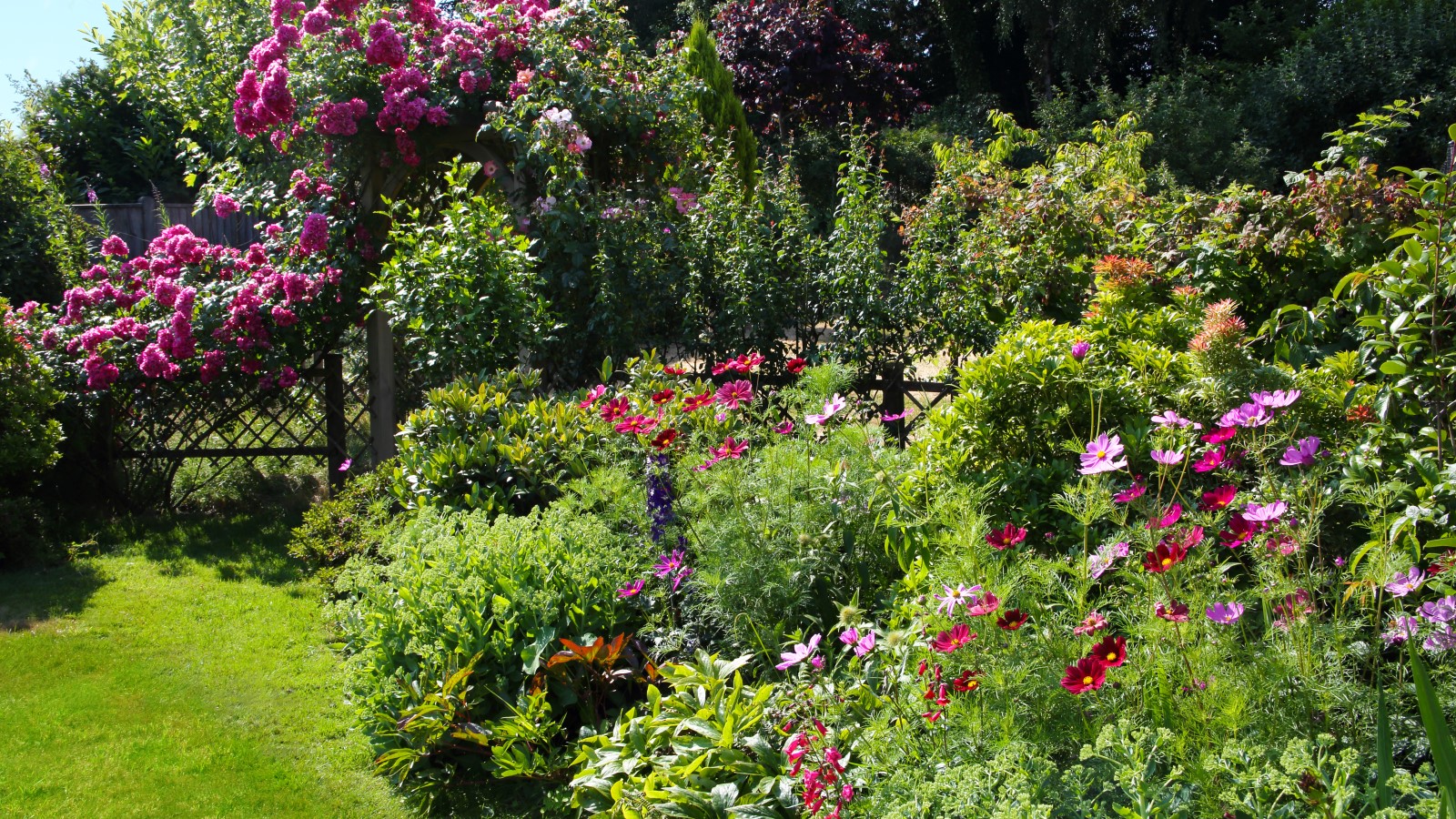
Watering plants is a necessity and it can sometimes feel like a slog during summer, with long hot days and scorching sun that quickly dries out soil. Sometimes it can feel that the soil dries out quicker than you can add moisture to it, but it does not always have to seem that way.
All plants need water to survive and without it they would all wither to a crisp during the hot summer months. Watering plants can be made more efficient with a few simple ways to help retain more of that precious water in the soil, even during hot days.
If you are looking for ways to keep soil moist in the summer, the likes of adding protection from sun and wind, mulching, and using drip irrigation systems can all help. There are even methods out there to be able to boost the water-retaining capacity of your soil, helping it to stay moist for longer.
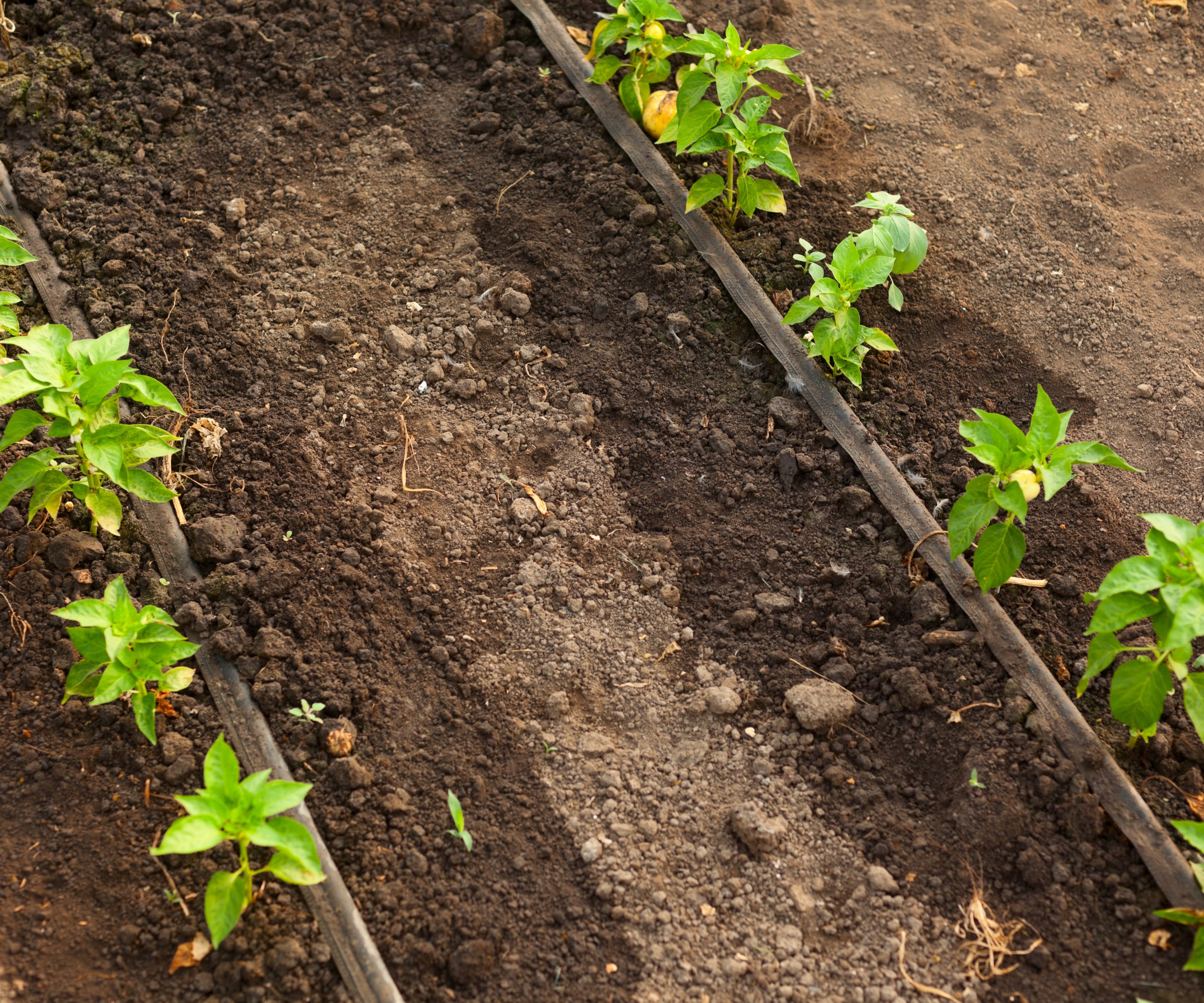
How to keep moisture in soil
It is always important to remember that deep and less frequent watering is more beneficial to plants that frequent, yet shallow, watering. Try to remember that whenever you head out into the backyard to water your flower bed or vegetable garden with a hose or watering can.
Your plants will grow stronger and healthier if they get a good long and deep soak each time, and it will also mean you don’t have to water so often as there is more water being held by the soil. By giving plants a good drink, ideally in the morning before the heat of the day, the water is guaranteed to reach and remain around the root zone, and plants are encouraged to grow strong and deeper roots. This makes the plants more drought tolerant as the roots can seek moisture further down in the soil.
When in doubt, always check the moisture level a few inches below the soil surface using your finger. If it feels damp, then you do not need to water. If it is dry, then focus on giving the plants a thorough water. You can always use a soil moisture meter to check, such as this long probe soil moisture meter on Amazon that can provide instant results on levels in your backyard beds.
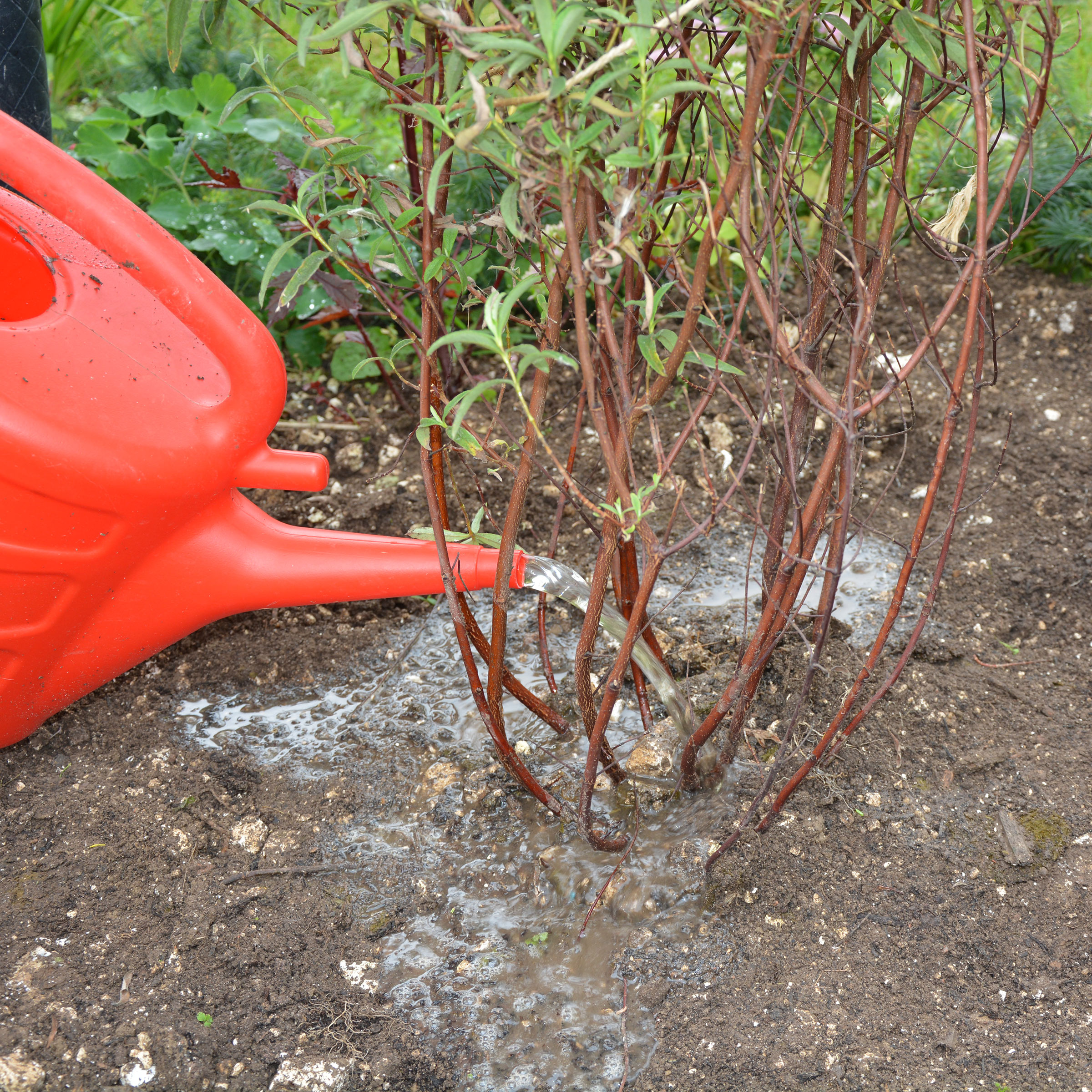
Shade and wind protection
Providing extra shade and protection for your plants can help to keep moisture in the soil as it creates a barrier between the ground and the searing rays of the sun. The evaporation of water from the soil will be slower in the shade than in soil left in full sun, making that moisture available to plants for a longer period. Winds rolling across the surface of the soil also contribute to drying it out.
Ben McInerney, an arborist and landscape gardener, claims that finding ways to provide shade for plants is ‘something many of us overlook, but it can actually be very important when it comes to retaining moisture in your soil.’
You can use companion planting, utilizing taller plants to provide shade and protection for shorter crops. For example, common kitchen garden ideas include growing peas or corn, which are taller crops, to provide cover for vegetables that can happily grow in shade or can bolt in hot sun, such as lettuce or spinach.
Fences or netting can be used to provide shade, such as this garden netting on Amazon that can be put over plants to block up to 50 per cent of the sun's rays and protect the soil from drying winds.
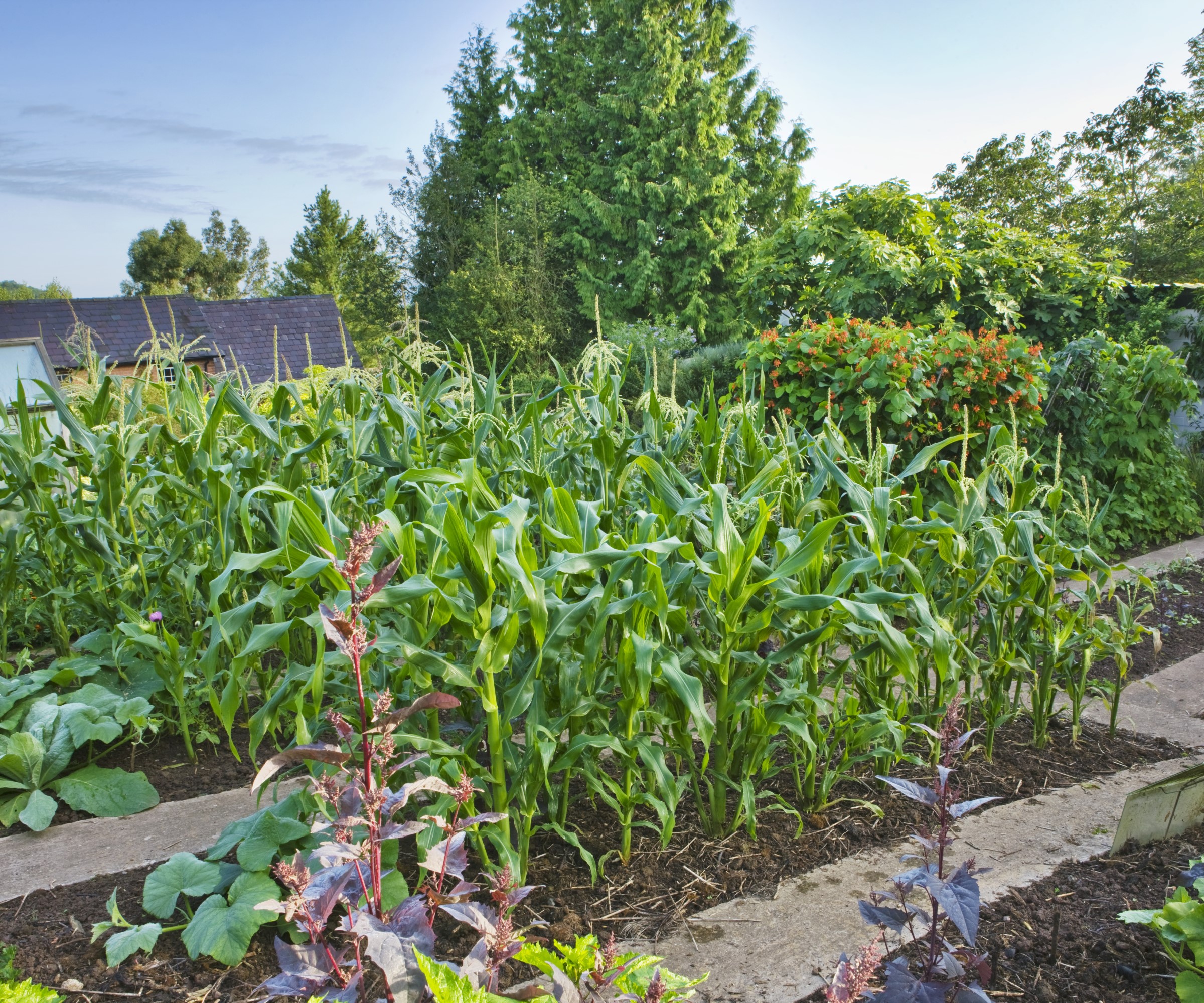
Mulching
A good way to keep soil moist is to make sure that whatever water goes into the soil is locked into the soil. That is where mulches can prove very handy, they are materials laid over the surface of the soil. Mulching the garden will slow down any evaporation and also suppress weeds, which themselves use up water in the soil that otherwise can go to your wanted plants. By adding a layer of mulch, the soil temperature is then more stable and helps keep moisture retained.
There are many types of mulches that are commonly used. You can use organic materials such as compost, wood chips, or straw, or even add a layer of cardboard or shredded paper. The alternative is inorganic mulches, such as landscape fabric, gravel, or even using rocks instead of mulch to cover the ground.
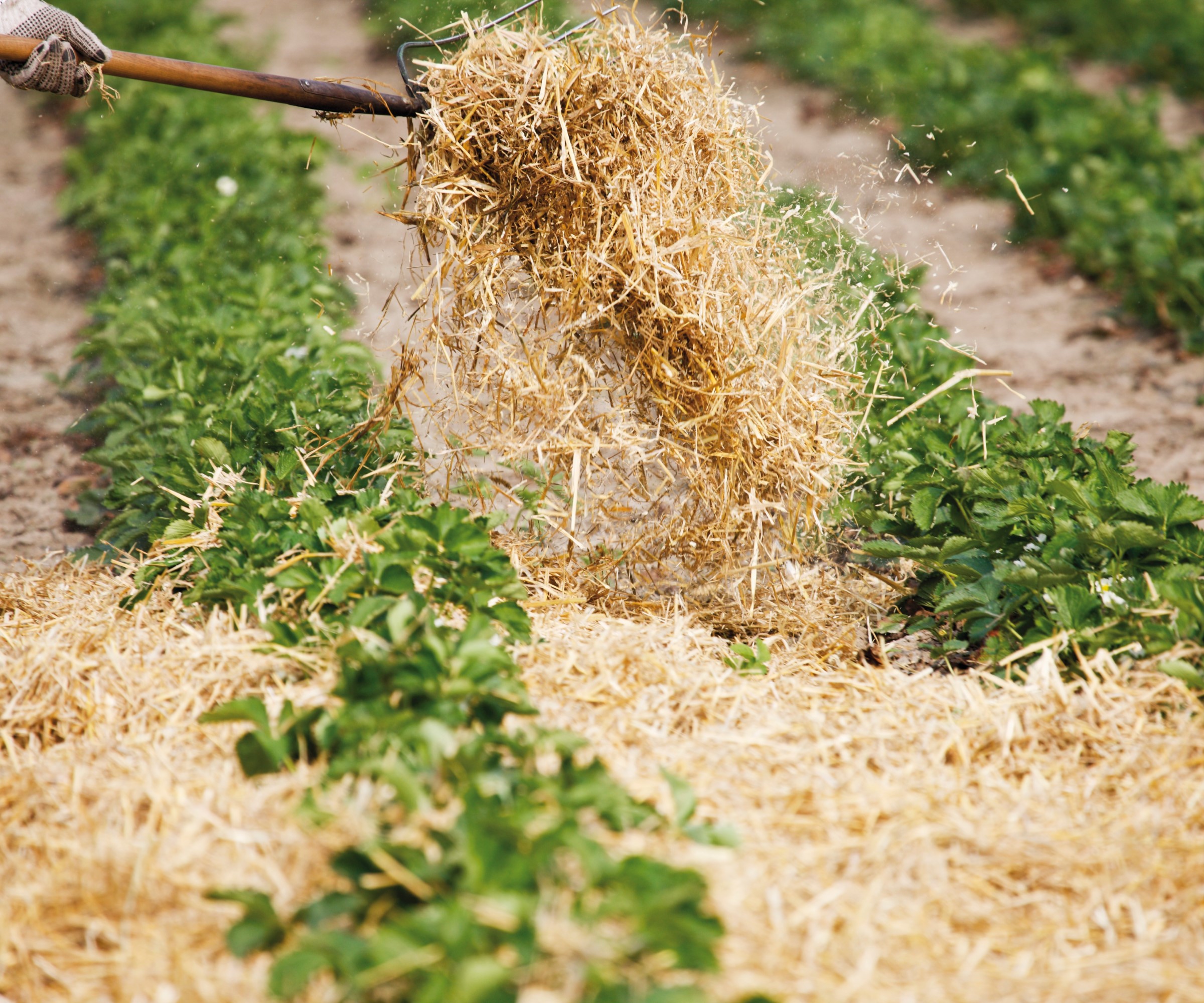
Boost water-holding capacity
If you can increase the water-retaining level of the soil, then it in turn increases how much water can be held and the soil will stay moist for longer. There are two approaches you can take to boost the amount of water-absorbing material in the soil.
Adding organic material such homemade compost, peat moss or coco coir will ramp up the soil’s ability to soak up and retain moisture. Such organic matter can either be dug into the soil or layered on top in the same vein as in no-dig gardening techniques.
The alternative is to use compounds that can improve how soils absorb water. Gene Caballero, the co-founder of GreenPal and experienced landscaper, recommends using a soil-wetting agent or soil conditioner.
He says: ‘These products help the water to penetrate more evenly and deeply through the soil, and some can even reduce the water's surface tension, allowing it to bind better to the soil particles.’
An example of a wetting agent is the ThermX-70 1 Gallon natural wetting agent from Walmart, it is derived from Yucca extract and reduces surface tension to help retain moisture in the soil.
If you are watering plants in containers, you can use water absorbent crystals to help store more water in the soil. These crystals can also be used to help water plants while on vacation.
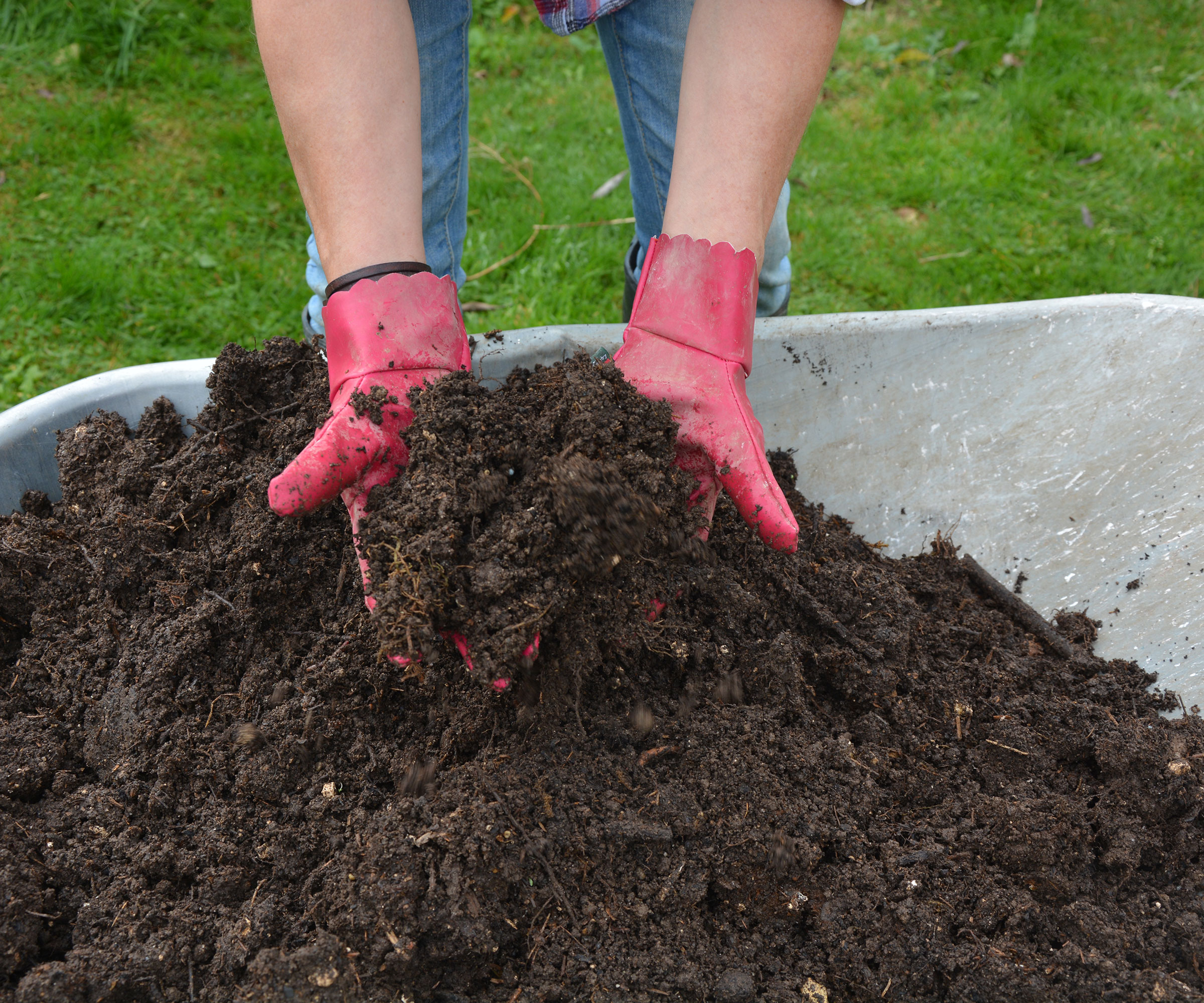
Drip irrigation
Focused and slow watering can help to get and retain more moisture in the soil. When you are watering you can lose water by running off the surface and away from where you want it.
That is why one of the common garden watering mistakes you see is gardeners watering from above. This can result in lots of water being lost to evaporation off the foliage without ever reaching the soil when watering plants in hot weather. While you always want to water at the base of plants so as much as possible goes down to the roots, using drip irrigation techniques can further help the water to slowly soak down into the rootzone.
Ben McInerney says: ‘These irrigation systems ensure that water goes directly to the plant's roots, which, as an added bonus, helps to reduce water waste! These systems are effective because they provide a slow and steady stream of water to your plants which ensures a balanced water diet for your plants and overall healthy plant growth.’
A soaker hose, such as this one on Amazon, is a good way to slowly provide drip irrigation to the ground as water seeps out consistently along the length of the hose and delivers it right to the base of the plants.
As well as keeping soil moist efficiently during the summer, considering drought tolerant landscaping ideas can also help reduce the amount of laborious watering you need to do in hot weather. With a range of plants suited to dry conditions, including a great selection of drought tolerant herbs and drought tolerant vegetables, they will require much less watering once established.







